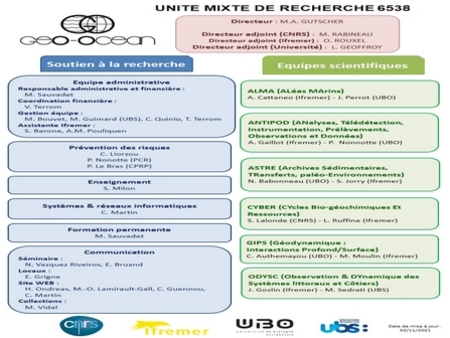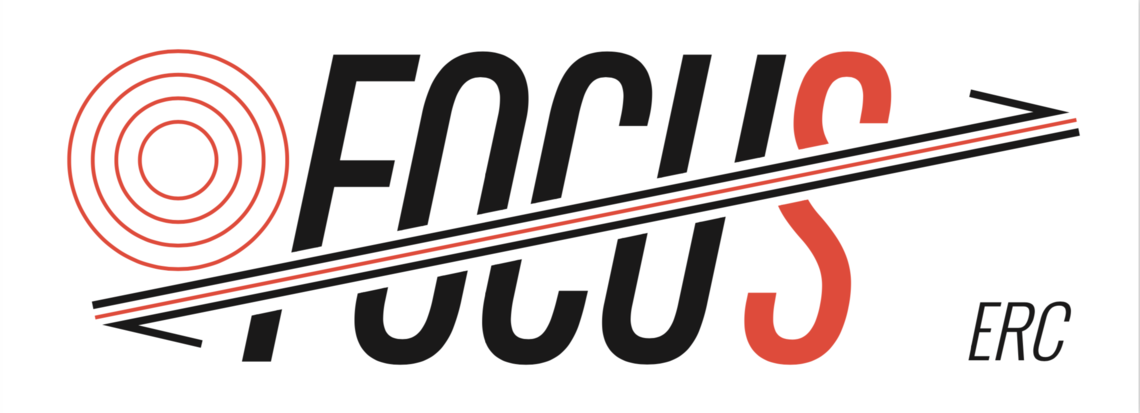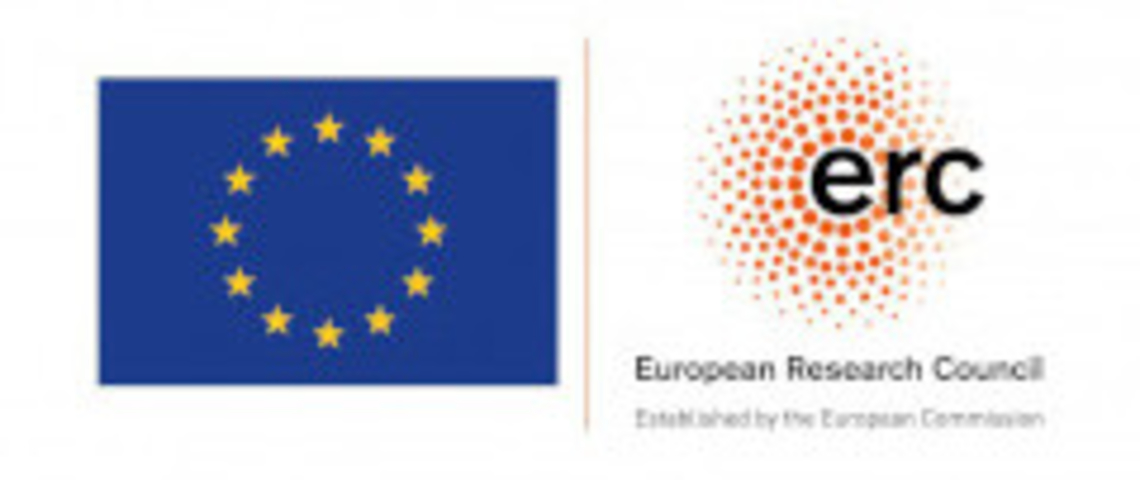ERC FOCUS
ERC project (3 487 910,63 €) from 1 October 2018 to 30 September 2025
This project has received funding from the European Research Council (ERC) under the European Union’s Horizon 2020 research and innovation programme (Grant agreement No. 786304).
Two-thirds of the Earth’s surface is covered by water and thus largely inaccessible to modern networks of seismological instruments.
The FOCUS project is poised to revolutionize seismic monitoring of the seafloor through a novel use of fiber optic cables to improve hazard assessment and increase early warning capability. Laser reflectometry using BOTDR, commonly used for structural health monitoring of large-scale engineering structures (e.g. - bridges, dams, pipelines, etc.), can measure very small strains (< 1 mm) at very large distances (10 - 200 km). It has never been used to monitor deformation caused by active faults on the seafloor.
The objective of the FOCUS project is to demonstrate that this technique can measure small (1 - 2 cm) displacements on a primary test site offshore Sicily where the 28 km long EMSO Catania cable crosses the recently mapped North Alfeo Fault. BOTDR observations must be calibrated by other independent measurements. Therefore, targeted marine geophysical surveys of the seafloor along the trace of the cable and faults are planned, with micro-bathymetry, high-resolution seismics, seafloor seismic stations and use of seafloor geodetic instruments to quantify fault displacement. Once the BOTDR fault-monitoring technique has been tested and calibrated offshore Sicily, the goal is to expand it to other fiber optic cable networks, either existing research networks in earthquake hazard zones (Japan, Cascadia) or to the Mediterranean region through access to retired telecommunication cables, or through the development of dual-use cables with industry partners, (two of the anticipated outcomes of the FOCUS project).
The novel secondary use of fiber optic cables as described by FOCUS represents a potentially tremendous breakthrough in seismology, tectonics and natural hazard early warning capability, one that could turn Earth’s future undersea communication infrastructure into a seismological monitoring network of unprecedented scale.
The marine expeditions
October 2020 : FocusX1
We performed micro-bathymetric mapping, a video-camera survey, connected a new 6-km long fiber optic cable to the seafloor observatory Test Site South (TSS) operated by the physics institute of Catania, crossing the North Alfeo fault in 4 locations, and we deployed a network of 8 seafloor geodetic stations (Canopus acoustic beacons – iXblue). The cruise report is available.
January 2022 : FocusX2
Objective : to test the use of optical fibers to mesure the deformation at the bottom of the sea due to the activity of underwater faults
June 2022 : Monitoring de câbles sous-marins en Guadeloupe
The international partners
The project led by Marc-André Gutscher involves many international partners.
Geomar, Kiel : Geomar Helmhotz Centre for Ocean Research Kiel, Group – Dynamics of the Ocean Floor
- Principal collaborators: Heidrun Kopp, Morelia Urlaub, Dirk Klaeschen, Dietrich Lange, Florian Petersen, (Team Leader - H. Kopp)
Univ. Kiel : Christian-Albrechts Univ. Kiel, Group – Marine Geophysics and hydroacoustics
- Principal collaborators: Sebastian Krastel, Felix Gross, (Team Leader - S. Krastel)
INGV Rome : Istituto Nazionale di Geofisica e Vulcanologia, Rome
- Principal collaborators: Lucia Margheriti, Milena Moretti, Laura Berenzoli, Roberto Basili, Francesco Maesano, Stefano Lorito, (Team Leader - H. Kopp)
INGV Catania : Istituto Nazionale di Geofisica e Vulcanologia, Catania
- Principal collaborators: Luciano Scarfi, Mimmo Palano, Gilda Currenti (Team Leader - L. Scarfi)
- Principal collaborators: Giovanni Barreca, Carmelo Monaco, Salvatore Gambino, Fabrizio Cultrera, (Team Leader - G. Barreca)
INFN-LNS : Istituto Nazionale di Fisica Nucleare – Laboratori Nazionale del Sud
- Principal collaborators: Giorgio Riccobene, Salvatore Aurnia, Salvatore Viola, (Team Leader - G. Riccobene)
Publication
- Detecting strain with a fiber optic cable on the seafloor offshore Mount Etna, Southern Italy Gutscher et al., 2023, EPSL
Workshop
- Fiber-optics: A new Ocean Observation Technology , 6 July 2023, Plouzane France (9:00 - 17:30) Amphi A & Amphi D, IUEM







